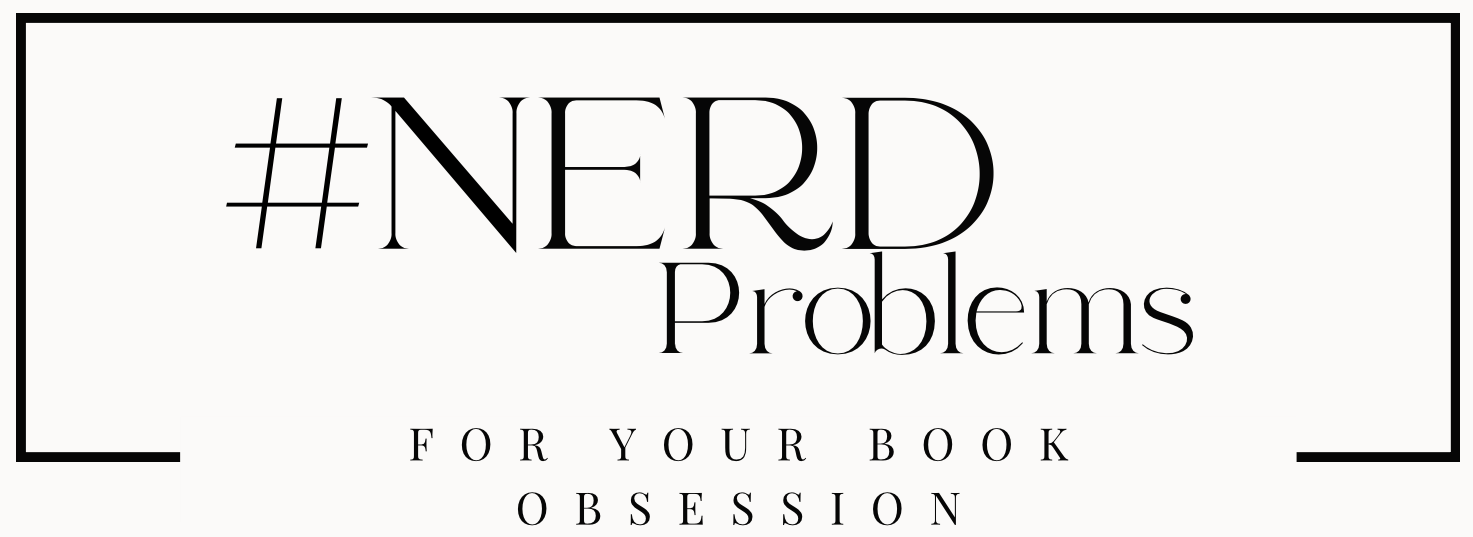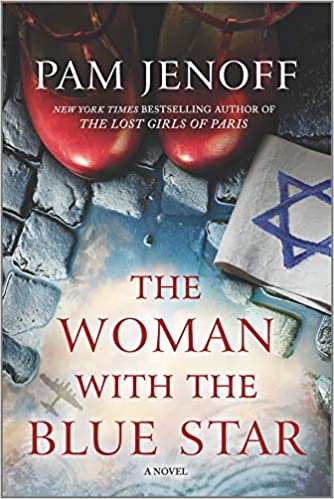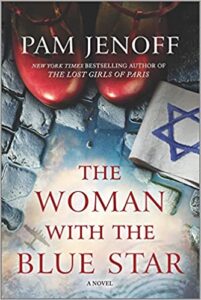Pam Jenoff, bestselling author or numerous World War II based novels, answered a few questions about her upcoming novel, The Woman with the Blue Star, her life as a writer, and where she builds these inspiring stories from.
- Why did you decide to write this story?
While looking for an idea for my next book, I discovered the incredible story of a group of Jewish people who had hidden from the Nazis by living for many months in the sewers of Lviv, Poland. I was struck by the horrific circumstances which they endured, as well as their ingenuity and resilience in surviving there. I was also moved by the selflessness of those who helped them, most notably a sewer worker, and by their search for human connection in such a dark and isolated place.
After twenty-five years of working with World War II and the Holocaust, I find a story that makes me gasp, I know I am onto something that will make my readers feel the same way. This was certainly the case with the true inspiration for The Woman With The Blue Star.
- How much research went into your story?
Immersing myself in the world where my story is set, whether the circus in The Orphan’s Tale or the sewer in The Woman With The Blue Star, is always one of the most rewarding and challenging aspects of beginning a book. I had so many questions: What did the sewer look and feel like? How was it possible to eat and sleep and even see in the dark underground space? Fortunately, there was an excellent non-fiction book, In The Sewers of Lvov by Robert Marshall, that explained so much of it. I learned that there were so many dangers beyond getting caught by the Germans, from drowning to floods. Every day was a battle for survival.
When I decided to move the story to Krakow, Poland (where I had lived for several years), I planned a research trip there. Those plans were scuttled by the pandemic, but I am lucky enough to still have good friends there who put me in touch with experts on the sewer and the city to help me (hopefully) get it right.
- What takeaway message do you hope readers get from your book?
Sadie and Ella, two women from completely different worlds, form a deep bond that has profound and lasting consequences. I hope readers will see in them the ways in which we can transcend our differences and connect. I also hope readers recognize the ways in which reaching out to someone, even in the smallest or most fleeting way, can have a tremendous impact on that person’s life as well as his or her own.
- What can you tell me about your next project?
My new book is set in Belgium and inspired by the incredible true story of the only Nazi death train ever to be ambushed on its way to Auschwitz.
- Do you have any specific writing rituals, such as a certain pen, drink, outfit, etc?
I find that my writing routine has evolved over the years. For example, at one point I went in to my office to write, at another I went to a coffeeshop, now sometimes I am on the couch. I have written in castles and mountain getaways, but I have also written in my doctor’s waiting room and in my car. There are certain constants, though. I love the early morning and I would write from five to seven every day if I had the chance. I just love getting that first burst in before the day gets hectic. I am a short burst writer, which means I have no stamina. If you give me eight hours in a day, I don’t know what to do with that. I would much rather have an hour seven days per week. And as much caffeine as possible!
- Which character is most like you and why?
In this book, I suppose I relate to Sadie because her sense of isolation in some ways reflects what we have all felt during this pandemic.
- Readers can’t get enough of WWII stories. Why the interest?
Personally, m love for the World War II era comes from the years I spent working in Krakow, Poland as a diplomat for the State Department. During that time. I worked on Holocaust issues and became very close to the surviving Jewish community in a way that deeply moved and changed me. More globally, I think World War II has great resonance for authors and readers. There is a drive to capture and tell stories from survivors now while we still have a chance. There is also a great deal of archival material that became available to authors as researchers after the Cold War ended that provides new ideas for books. And as an author, my goal is to take my reader and put her or him in the shoes of my protagonist so she or he asks, “What would I have done?” World War II, with its dire circumstances and stark choices, is incredibly fertile ground for storytelling.
- Your stories are always Jewish related. What is the universal idea that captures readers of all backgrounds?
I would not describe my stories as “always Jewish related” but rather predominantly set around World War II and the Holocaust. This era is not only important in its own right but has many uniersal themes regarding human rights, prejudice and hate that are very relevant for our times.
- Where do your stories come from? Do you do research?
I do research for new ideas and I am generally looking for two things. First, I would like to take a true bit of history and illuminate it so that readers can learn. Second, I am looking for an incredible, untold story. I have worked with World War II and the Holocaust for twenty-five years and if I find an idea that makes me gasp with surprise, I’m hopeful readers will feel the same way.
- Do you work from an outline or do you write from the seat of your pants?
Well, I’m a “pantser” and that means I write by the seat of my pants and not from an outline, at least most of the time. So I don’t have a neat idea of where the book will wind up. I have an opening image and some general idea of where I will wind up and if I am lucky there are one or two high moments that I can see along the way, like lighthouses to guide me. But I am sometimes surprised by the end and that was certainly the case with The Woman With The Blue Star. That moment when you realize it is all going to come together is just one of the best feelings ever.
- You are a bestselling author. How many books are expected from you per year? How many edit passes does your novel go through?
I used to write a book a year, but I’ve slowed down and now it is more like 18-24 months. I really prefer that creatively. My manuscripts go through many rounds of edits. The first round of changes are usually big picture and then it goes back and forth with the feedback getting increasingly more granular with each round of revision until my editor, agent and I are all satisfied.
- Is there anything about you or your work that you’d like to share with readers?
I consider my books that are set around World War II and the Holocaust to be love songs to the people who lived through that most horrific period. I try to approach it with a great deal of respect and do them justice. On a very different note, I’d like to share that I always love connecting with readers. I invite each reader to find me online – through my website, Facebook author page, Twitter, Instagram or wherever they are hanging out.
Pick up The Woman with the Blue Star on Amazon, Barnes and Noble, or check your local bookstore. Also make sure to add it to your To Reads list on Goodreads and leave feedback for Jenoff when you are finished. You can check out more of her work at her website HERE.




